Furniture Manufacturing Style And Techniques In Different Parts Of The World
Mar 13, 2022 | APOORVAA BALASUNDARAM
 Furniture Manufacturing Style and Techniques in different parts of the world
Furniture Manufacturing Style and Techniques in different parts of the world 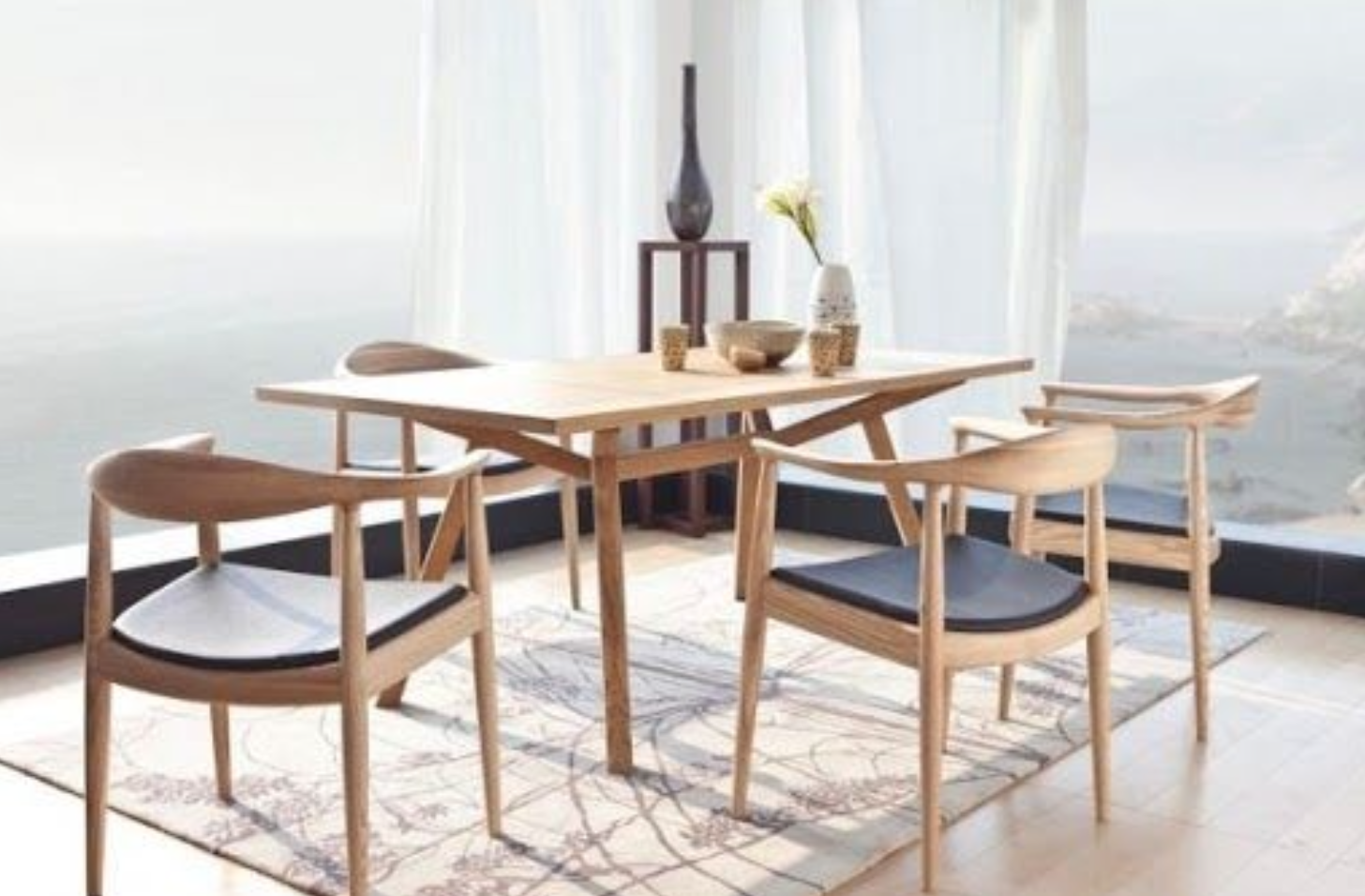
Image : Source- home-designing
Handmade manufacturing in practice used in practice with cutting edge machinery. Modern Italian furniture often comprises Red Ash and Walnut wood, marble as Carrara and Dark Emperador, metal chrome or gold embellishments.
Contemporary Italian furniture consists of Cherry wood and metal elements with a wide choice of finishes. It seeks symmetry to create elegant and refined solutions which makes sense of comfort and familiarity even in a cold room.
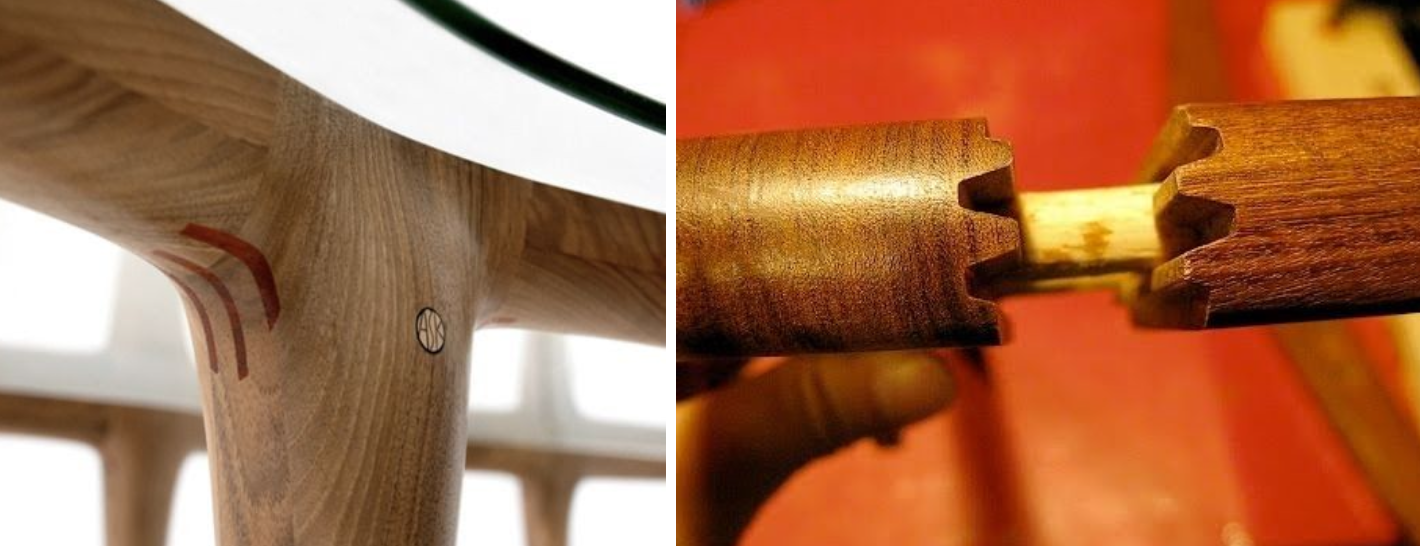
Image: Some joineries are predominantly found in Danish Furniture.
Danish furniture primarily focuses on simple laid back designs that are functional that makes your space feel more free and open. These designs impacted how the table was produced in the USA during the early 1900s.
Post-WW II, scarcity of materials encouraged manufacturers to use plywood. Industrial manufacturing methods like steam bending were involved in mass manufacturing.
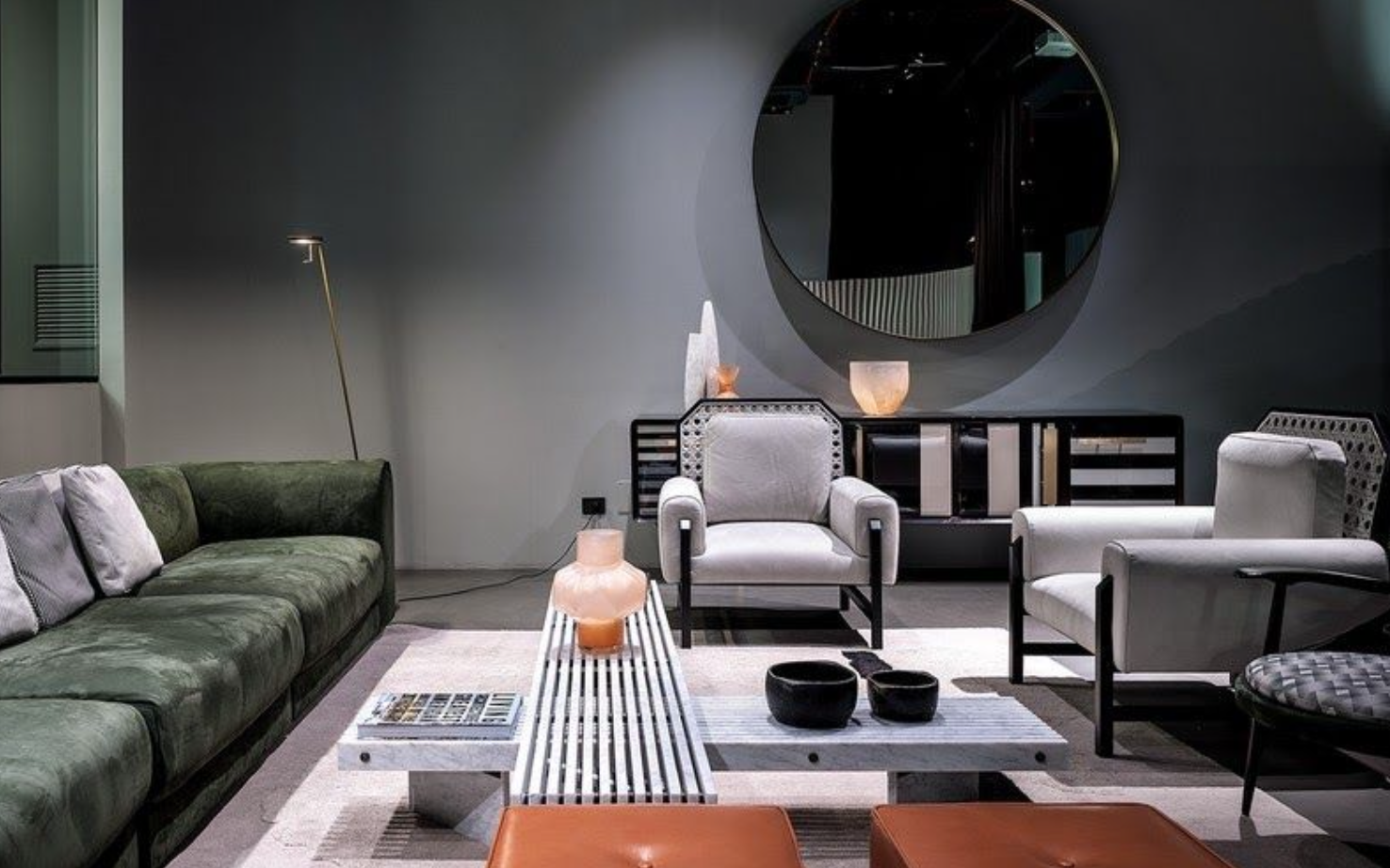
Chairs are made of natural wood with simple finishes and straight lines using straightforward processes that resist wear and tear. These elements were then incorporated in bed frames, shelving units and other furniture elements.
Danish furniture shows much thought about the human body with clean, pure lines designed ergonomically. Some designers also experimented with multiple curves to produce appealing and comfortable fittings. Danish modernism is known for unusual shapes with fanciful names.
Danish furniture was often darker than many of its counterparts, and people embraced its quality of enhancing living spaces, making them look and feel more luxurious. For example, darker woods such as mahogany were often used with chairs, tables, and cabinets. Likewise, most designers chose dark materials such as ostrich leather.
Italian furniture is mostly innovative yet connected with tradition, profoundly Italian in terms of production and design, attentive to detail and the quality of the product. All kinds of interiors are made with genuine material, innovative design, and attractive theme that appeals to one’s eye towards elegant Italian furniture.
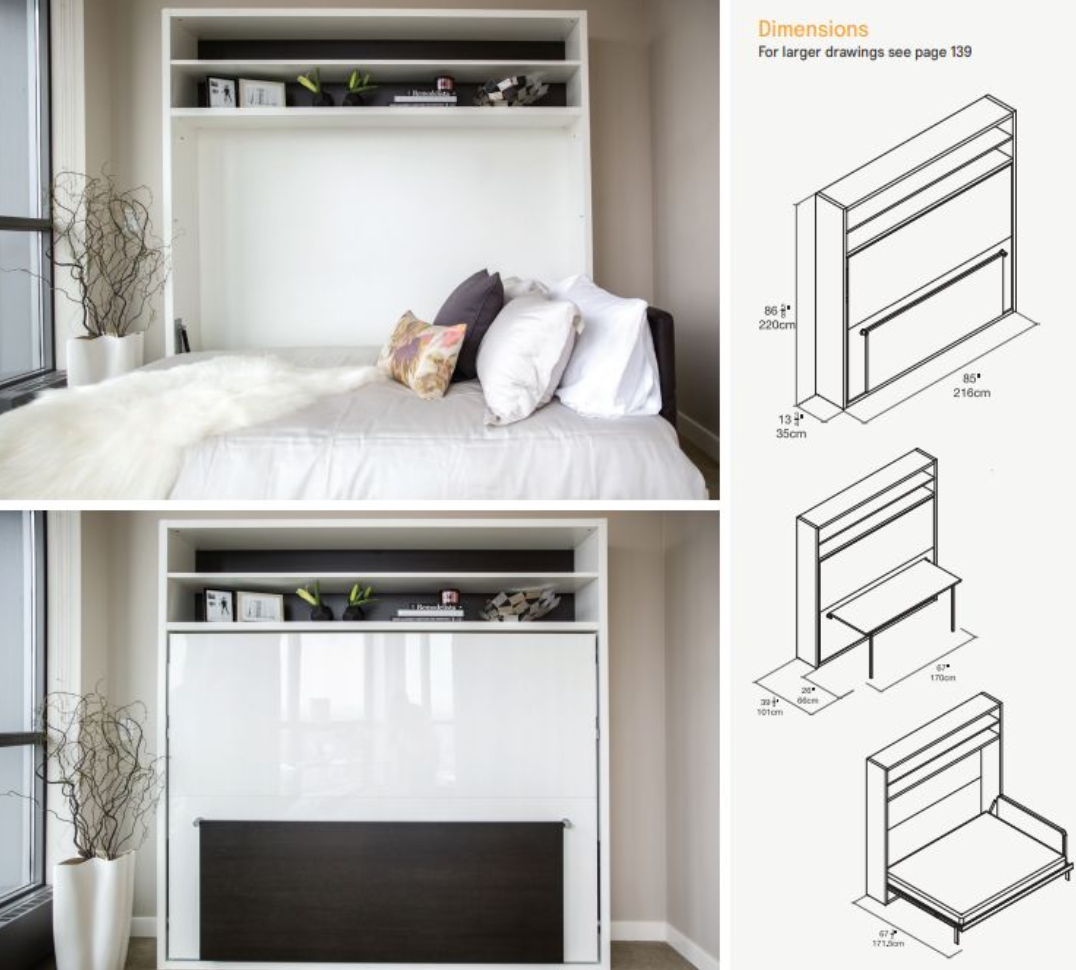
Handmade manufacturing is still used in practice with cutting edge machinery. Modern Italian furniture often comprises Red Ash and Walnut wood, marble as Carrara and Dark Emperador, metal chrome or gold embellishments.
Contemporary Italian furniture consists of Cherry wood and metal elements with a wide choice of finishes. It seeks symmetry to create elegant and refined solutions which makes sense of comfort and familiarity even in a cold room.
Furniture based out of the states is more or less an amalgamation of furniture from the UK, Finland and Estonia and see how people have incorporated those trends to suit their taste in housing and architecture based in the States.
Wood choices are often confined to deciduous hardwoods or fruit-bearing trees like cherry and walnut.
Modern American furniture has shifted from the English and French influence and the periods of the past centuries. Instead, now it heavily relies on Asian and African influences. The furniture now is built from many mass-produced materials such as moulded plywood, metals, and plastics.
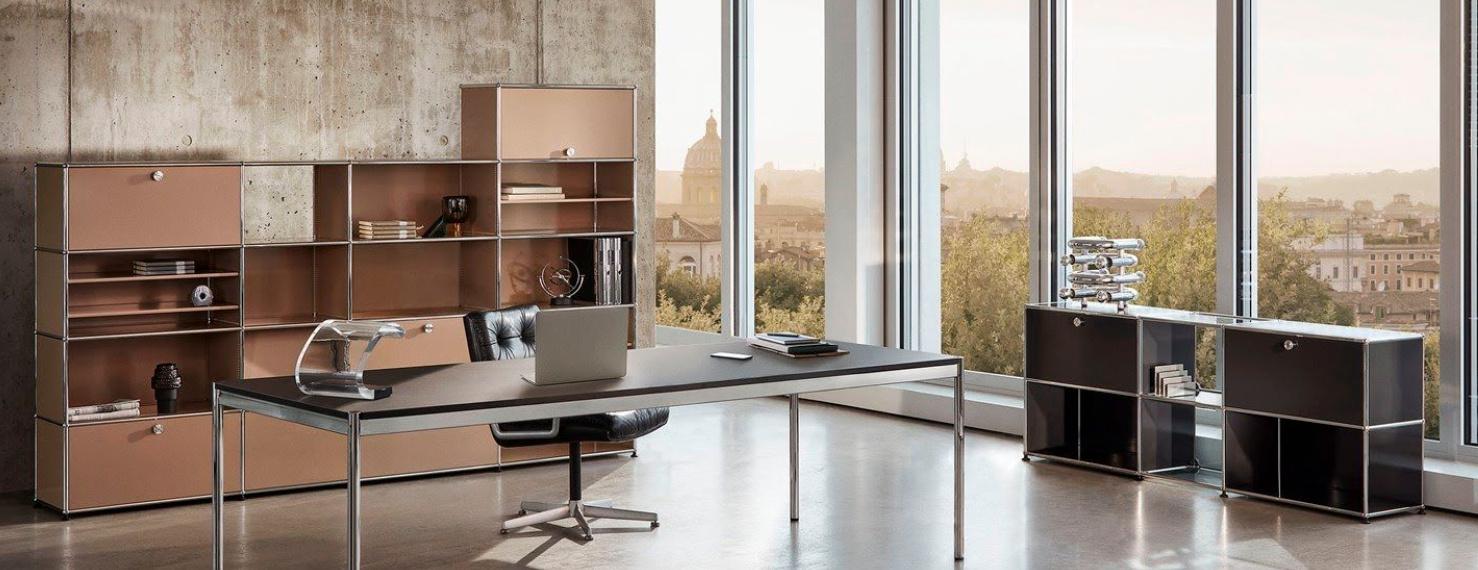
Today, Germany is the third-largest furniture manufacturer in the world, and contemporary German designs, particularly in upholstered furniture, dominate some markets. Much of the impetus for the modern German furniture industry can be traced back to the early 20th century Bauhaus furniture movement.
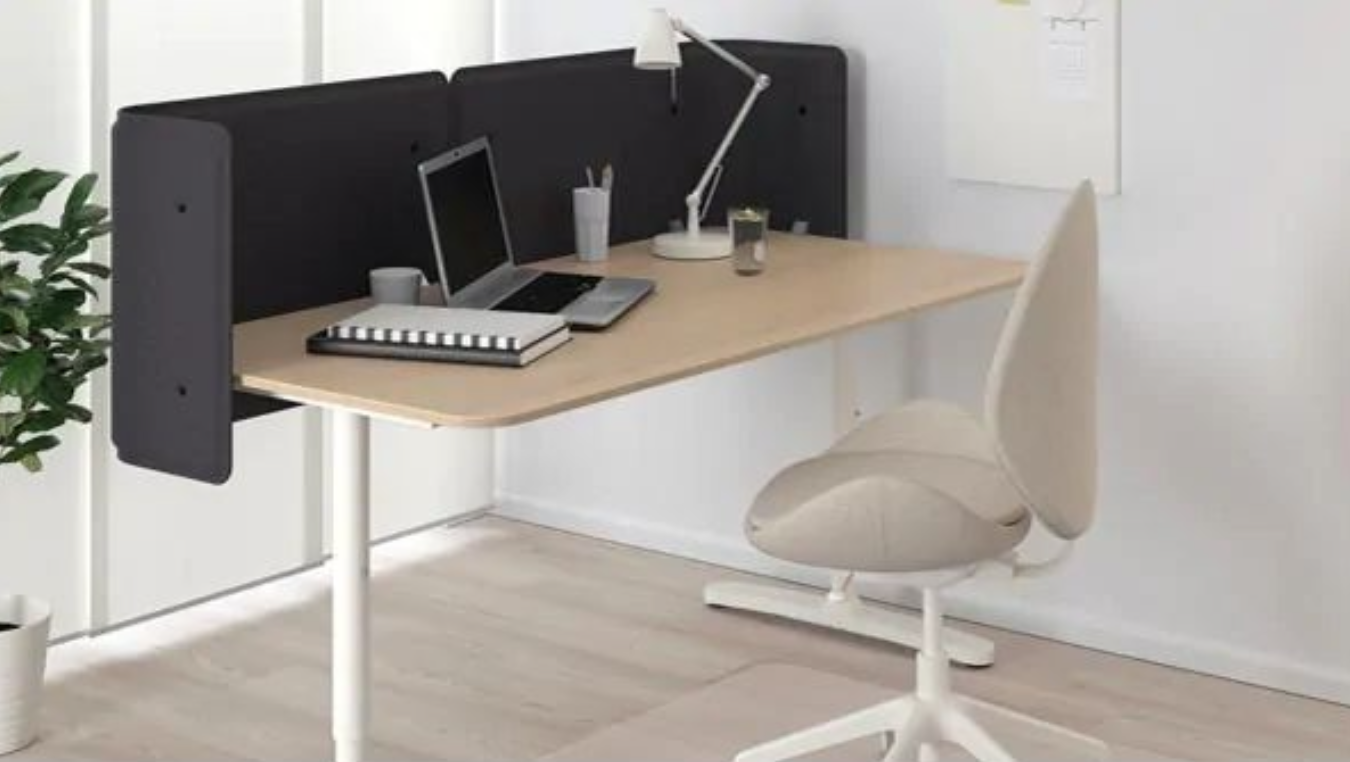
The furniture manufactured here uses perfect technology to guide their designers to develop new ideas using glass, wood, natural stone and metal to create functional furniture with high flexibility. They also focus on ecologically safe materials.
They believe that modern life demands more from their living space thus they produce
They also the pioneer of the industrial method of thermo-hydro-mechanical processing of wood for bending.
The Japanese infuse both the traditional and modern principles of design that influence their furniture style. The furniture emphasises simple, flexible techniques with a given space and performs multiple functions for different requirements. They incorporate natural materials like fine wood, bamboo, silk, rice straw mats and paper. They create uncluttered furniture with subdued colours that work with most lighting situations. They also include translucent-ness in their designs to make sense of enormous space and provide privacy.

Artisans in India prefer working with Rosewood and Shisham because of their strength and excellent carving ability. Other popular woods are ebony, acacia, mango and teak.
The Kashmir region is one of India's areas known for its intricate wood carving patterns and techniques. The wood used in the process is walnut- Kashmir is the only region where this variety grows. All of these techniques look the best in a traditional and ethnic setting.
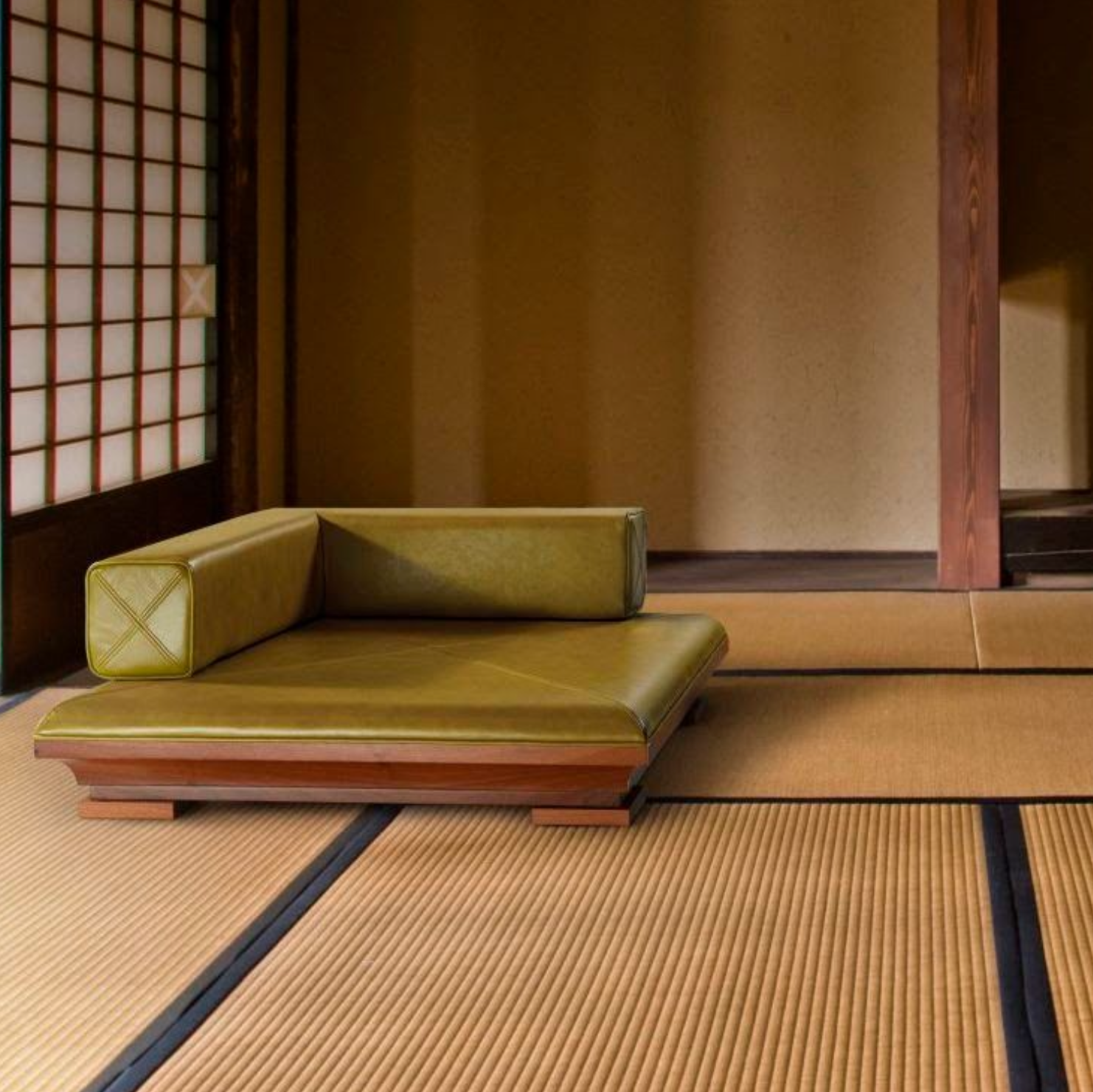
The term Jaali is the Hindi translation of the word ‘net’. Indian fabrics and furniture make exclusive use of this Jaali or netted option in their designs. The furniture and, doors & windows in this category can include patterns like geometric flowers teamed up with ornate leaves and creepers. It is used in verandas and rooms where more natural light and air is required. When you want to include these designs in your furniture and yet don’t want air and sunshine to pass through them, apply the netted patterns over a layer of wood or metal.

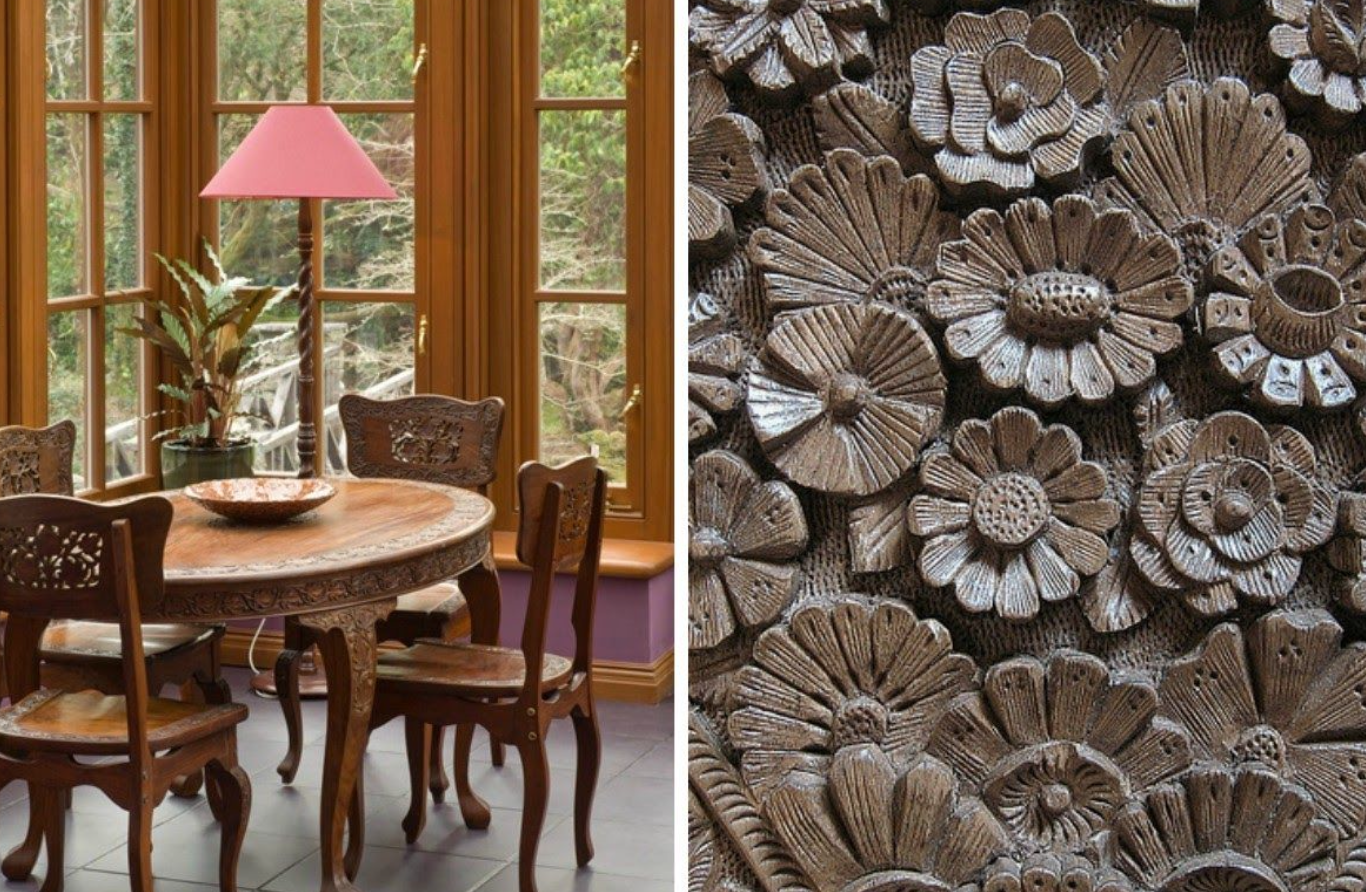
Various furniture styles come under the Rajasthan option of Indian designs, and the Shekhawati Jodhpur style is probably one of the most prominent amongst them. The furniture under this category is known for its beautiful carvings done by the skilled craftsmen of the Jodhpur region in India.

Cane and Bamboo weaving techniques for making furniture are mainly used in the Indian states of Assam and Himachal Pradesh. The manufacturing procedure consists of multiple steps.
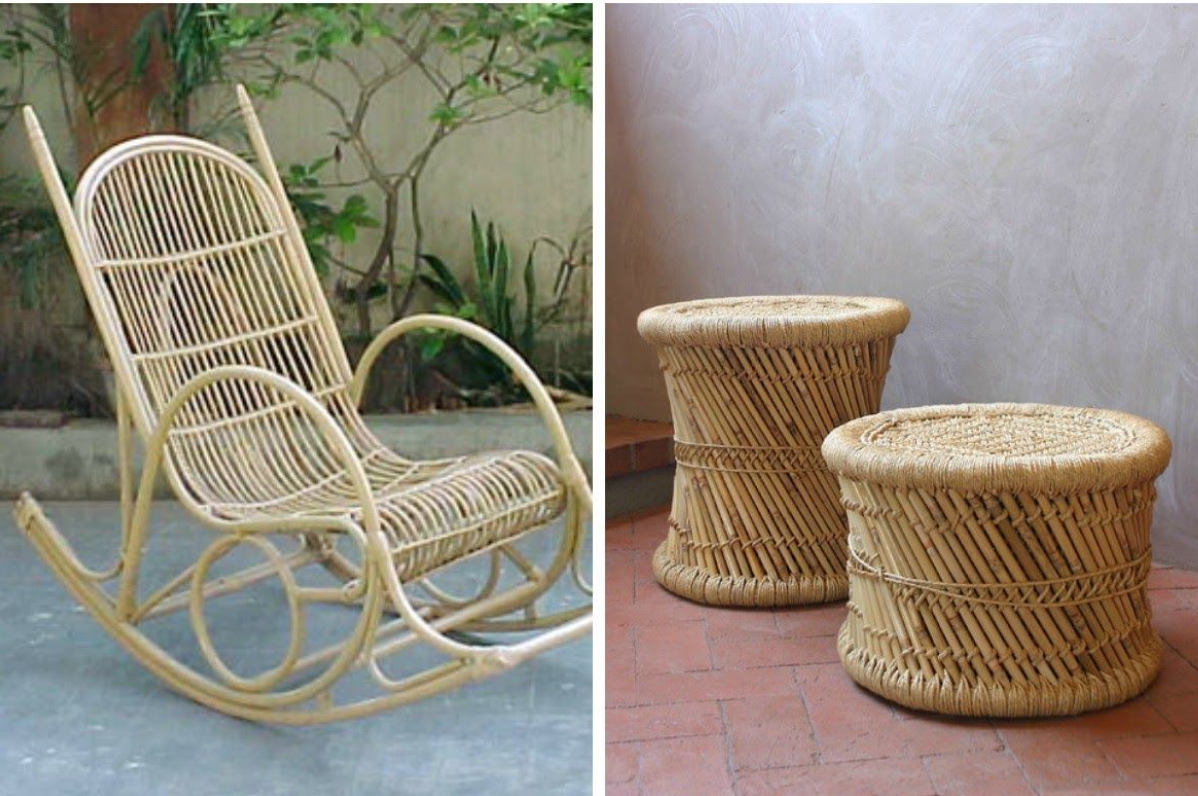
Outdoors or an interior with a casual, laidback theme.
Ornamentation and wood varieties have changed due to aggressive deforestation. The furniture that is made today is not only pretty looking but also versatile to fit smaller houses for simpler lifestyles. The influences are still European in style, but furniture designers in India are trying to add their own “desi” twist.
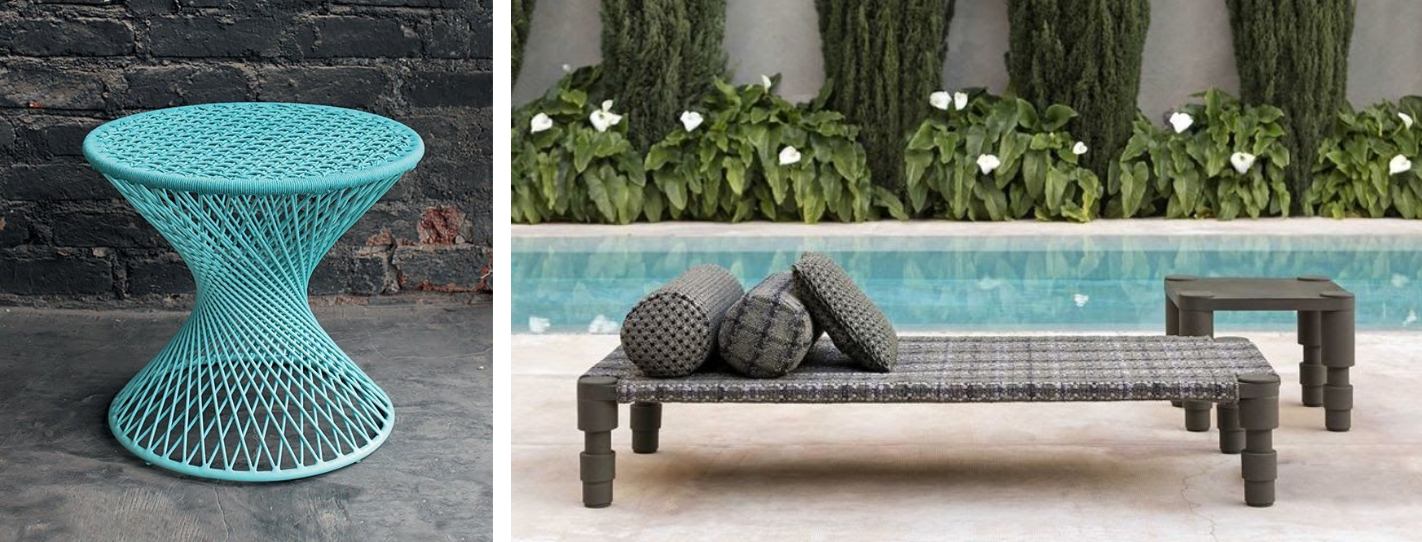
Recommended








